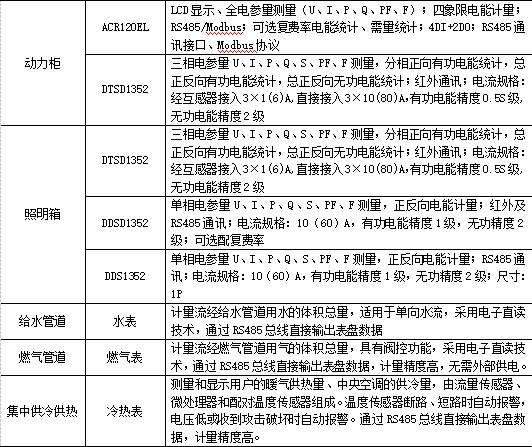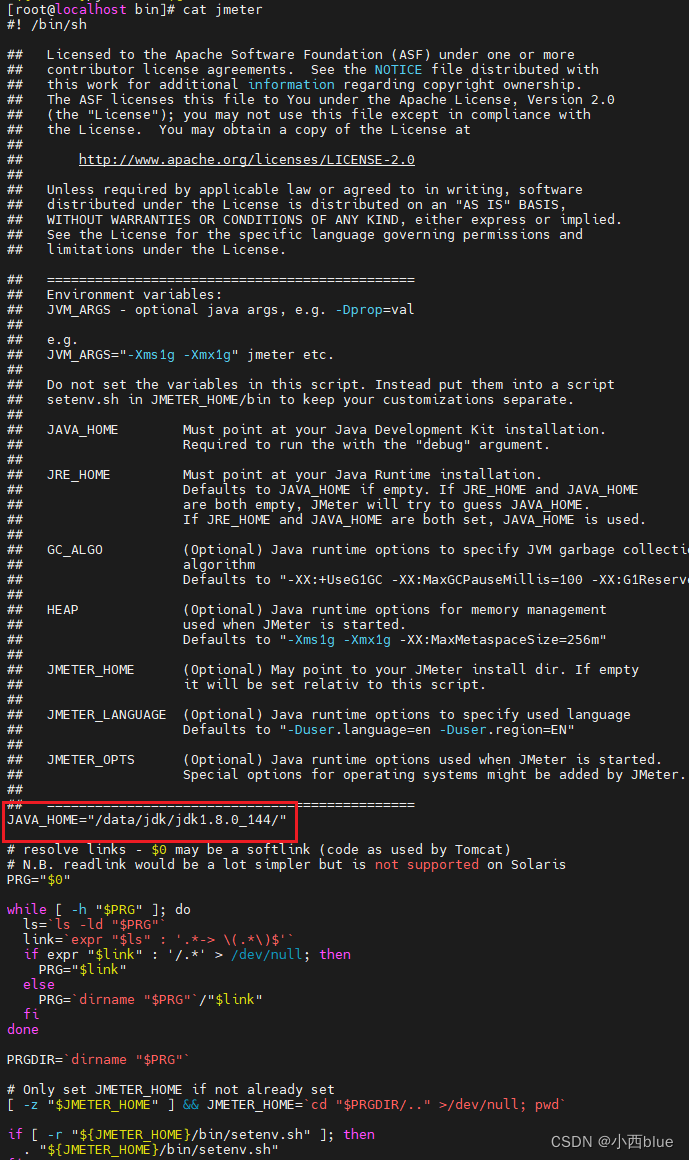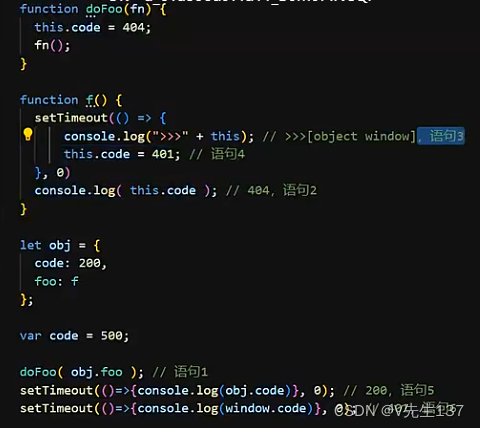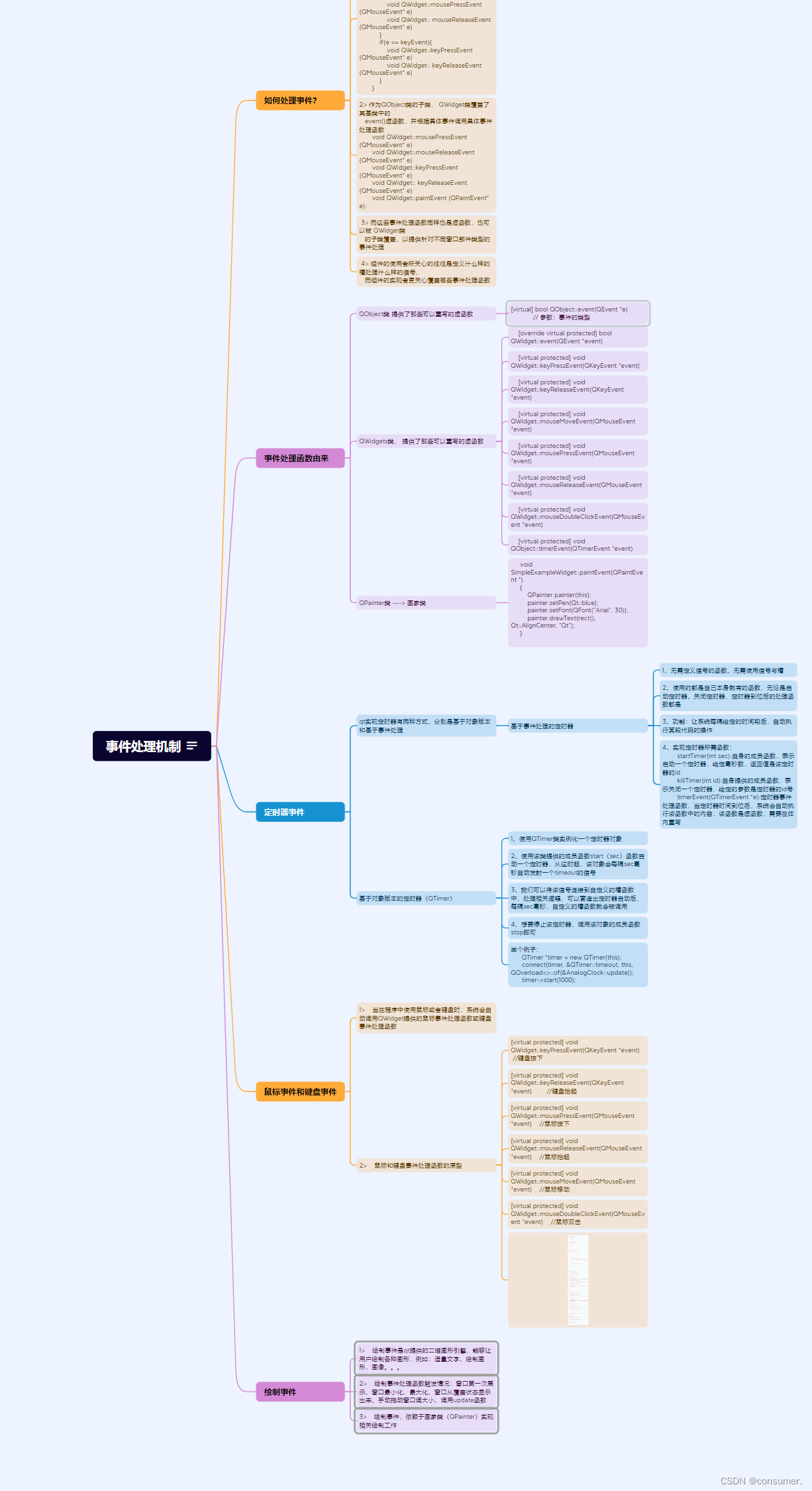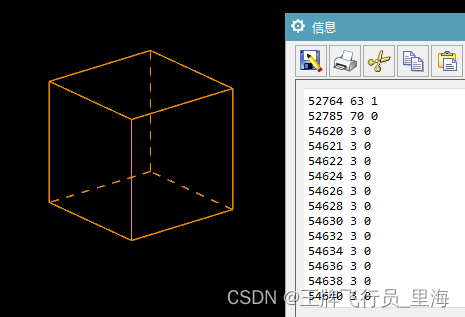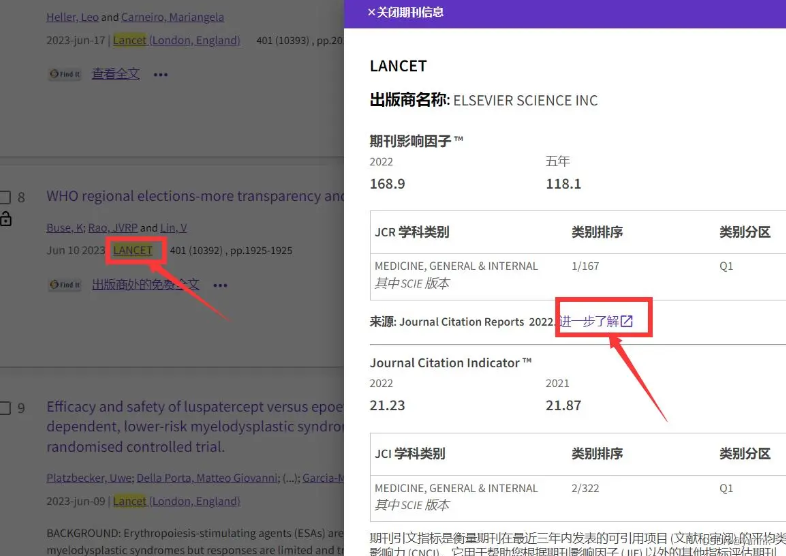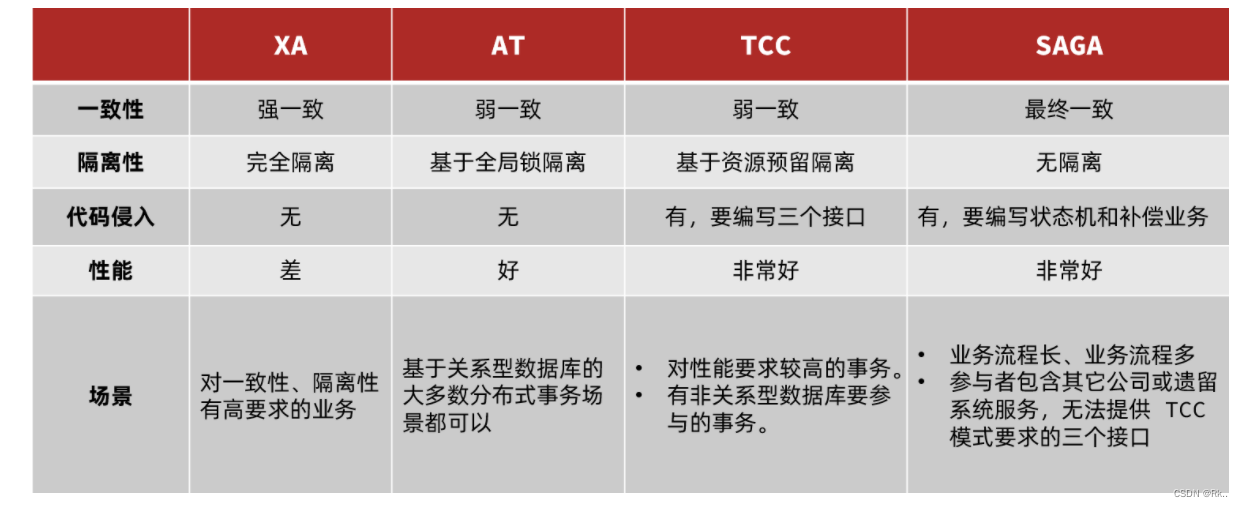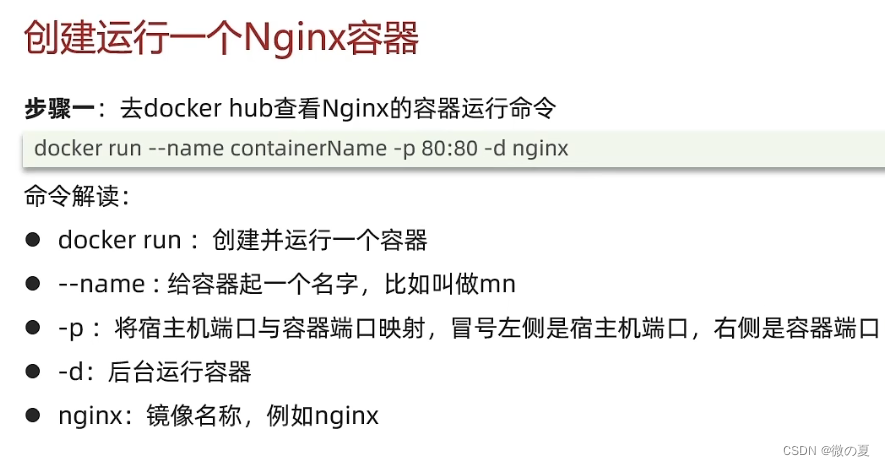note
- GLM将针对不同类型下游任务的预训练目标统一为了自回归填空,结合了混合的注意力机制和新的二维位置编码。
- 本文浅析sft,并基于GLM在广告描述数据集上进行sft+p-tuning代码的数据流讲解
文章目录
- note
- 零、ChatGLM2模型
- 一、Supervised fine-tuning
- 1. 数据样本的准备
- 2. stanford_alpaca的dataset类
- 3. 数据格式、计算loss的数据
- 二、P-Tuning v2的数据流
- 1. 数据准备
- 2. P-Tuning v2微调
- 3. 模型推理
- 三、垂直领域训练注意事项
- Reference
零、ChatGLM2模型
后面对chatglm2进行sft微调,这里顺带着先介绍下glm2:

- chatglm-6b:https://github.com/THUDM/ChatGLM-6B
- chatglm2-6b:https://github.com/THUDM/ChatGLM2-6B
- chatglm130:https://github.com/THUDM/GLM-130B

- 自回归空格填充任务:
- 初始文本输入:x1, x2,x3,x4,x5,x6
- 随机掩码mask
- PartA 部分:x1,x2,M,x4,M ,其中M表示mask的跨度
- PartB 部分: S,x5,x6,S,x3(刚才mask掉的那几坨,随机排序后,对起始位置加入token)
- 拼接PartA和PartB
- 自注意机制(chatglm在Q、K中加入了RoPE位置信息): Q = W q X K = W k X V = W v X Attention ( Q , K , V , A ) = softmax ( Q K T d k ) V \begin{aligned} Q & =W_q X \\ K & =W_k X \\ V & =W_v X \\ \operatorname{Attention}(Q, K, V, A) & =\operatorname{softmax}\left(\frac{Q K^T}{\sqrt{d_k}}\right) V \end{aligned} QKVAttention(Q,K,V,A)=WqX=WkX=WvX=softmax(dkQKT)V
- mask:chatglm6b使用prefix-LM的mask,对于输入的前缀使用双向注意力,对于后续的生成部分则是causal mask
- PartA部分内的各token可以互相注意到
- PartB部分内的tokens可以注意到PartA和PartB中已经生成的token

def get_masks(self, input_ids, past_key_values, padding_mask=None):
batch_size, seq_length = input_ids.shape
full_attention_mask = torch.ones(batch_size, seq_length, seq_length, device=input_ids.device)
full_attention_mask.tril_()
past_length = 0
if past_key_values:
past_length = past_key_values[0][0].shape[0]
if past_length:
full_attention_mask = torch.cat((torch.ones(batch_size, seq_length, past_length,
device=input_ids.device), full_attention_mask), dim=-1)
if padding_mask is not None:
full_attention_mask = full_attention_mask * padding_mask.unsqueeze(1)
if not past_length and padding_mask is not None:
full_attention_mask -= padding_mask.unsqueeze(-1) - 1
full_attention_mask = (full_attention_mask < 0.5).bool()
full_attention_mask.unsqueeze_(1)
return full_attention_mask
一、Supervised fine-tuning
sft就是下面的第一个环节,使用指令数据做有监督精调 (supervised fine-tuning)。
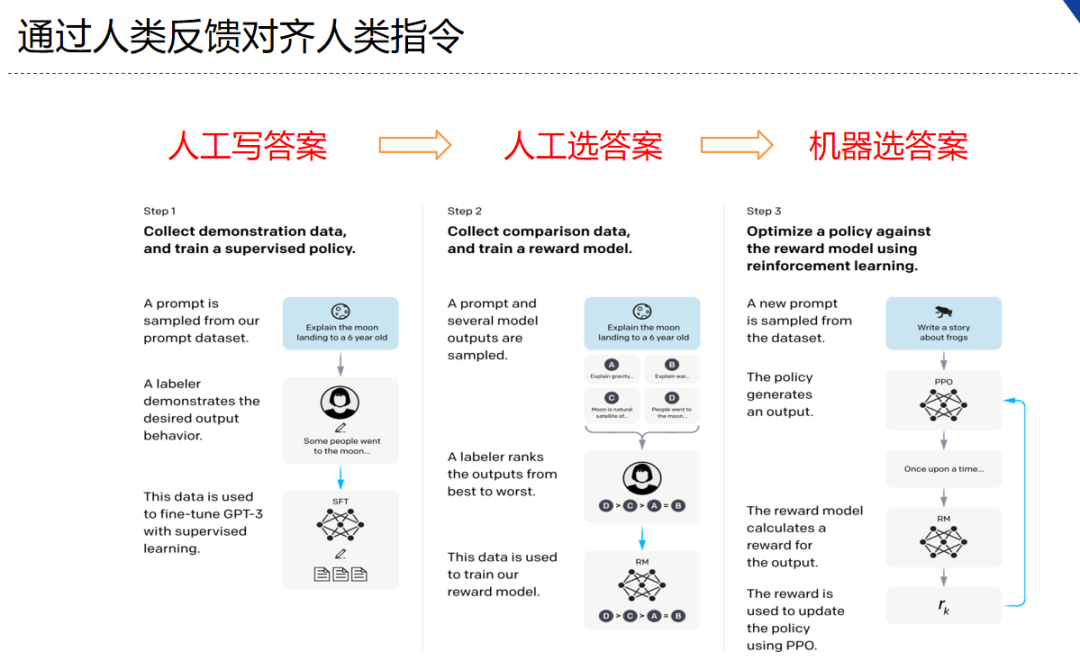
1. 数据样本的准备
参考stanford_alpaca的sft:
- 整理的数据有三列:instruction、input、output。
- Instruction和input通过prompt组搞在一起,为sourse;output换为target
- 把source和target和token.eos_token_id直接拼接在一起,这个时候暂时叫sentence。
- 然后把sentence通过tokenizer转换成input_ids。
- 最后一步,要把input_ids复制一份,叫labels。然后把labels前面的位置,即source对应的tokenid,全部变成-100。
- 那么这个时候,一个面向sft任务的input_ids和labels就已经构造好了。
在这个任务里面,使用的就是transformers的DataCollatorForSeq2Seq。这个data_collator任务很简单:就是让每一个batch内的input_ids和labels都长度对齐。
def _tokenize_fn(strings: Sequence[str], tokenizer: transformers.PreTrainedTokenizer) -> Dict:
"""Tokenize a list of strings."""
tokenized_list = [
tokenizer(
text,
return_tensors="pt",
padding="longest",
max_length=tokenizer.model_max_length,
truncation=True,
)
for text in strings
]
input_ids = labels = [tokenized.input_ids[0] for tokenized in tokenized_list]
input_ids_lens = labels_lens = [
tokenized.input_ids.ne(tokenizer.pad_token_id).sum().item() for tokenized in tokenized_list
]
return dict(
input_ids=input_ids,
labels=labels,
input_ids_lens=input_ids_lens,
labels_lens=labels_lens,
)
def preprocess(
sources: Sequence[str],
targets: Sequence[str],
tokenizer: transformers.PreTrainedTokenizer,
) -> Dict:
"""Preprocess the data by tokenizing."""
examples = [s + t for s, t in zip(sources, targets)]
examples_tokenized, sources_tokenized = [_tokenize_fn(strings, tokenizer) for strings in (examples, sources)]
input_ids = examples_tokenized["input_ids"]
labels = copy.deepcopy(input_ids)
for label, source_len in zip(labels, sources_tokenized["input_ids_lens"]):
label[:source_len] = IGNORE_INDEX
return dict(input_ids=input_ids, labels=labels)
2. stanford_alpaca的dataset类
class SupervisedDataset(Dataset):
"""Dataset for supervised fine-tuning."""
def __init__(self, data_path: str, tokenizer: transformers.PreTrainedTokenizer):
super(SupervisedDataset, self).__init__()
logging.warning("Loading data...")
list_data_dict = utils.jload(data_path)
logging.warning("Formatting inputs...")
prompt_input, prompt_no_input = PROMPT_DICT["prompt_input"], PROMPT_DICT["prompt_no_input"]
sources = [
prompt_input.format_map(example) if example.get("input", "") != "" else prompt_no_input.format_map(example)
for example in list_data_dict
]
targets = [f"{example['output']}{tokenizer.eos_token}" for example in list_data_dict]
logging.warning("Tokenizing inputs... This may take some time...")
data_dict = preprocess(sources, targets, tokenizer)
self.input_ids = data_dict["input_ids"]
self.labels = data_dict["labels"]
def __len__(self):
return len(self.input_ids)
def __getitem__(self, i) -> Dict[str, torch.Tensor]:
return dict(input_ids=self.input_ids[i], labels=self.labels[i])
3. 数据格式、计算loss的数据
简单分析hf的trainer:hugggingface自带的trainer类中参数如下:
def __init__(
self,
model: Union[PreTrainedModel, nn.Module] = None,
args: TrainingArguments = None,
data_collator: Optional[DataCollator] = None,
train_dataset: Optional[Dataset] = None,
eval_dataset: Optional[Union[Dataset, Dict[str, Dataset]]] = None,
tokenizer: Optional[PreTrainedTokenizerBase] = None,
model_init: Optional[Callable[[], PreTrainedModel]] = None,
compute_metrics: Optional[Callable[[EvalPrediction], Dict]] = None,
callbacks: Optional[List[TrainerCallback]] = None,
optimizers: Tuple[torch.optim.Optimizer, torch.optim.lr_scheduler.LambdaLR] = (None, None),
preprocess_logits_for_metrics: Optional[Callable[[torch.Tensor, torch.Tensor], torch.Tensor]] = None,
)
hf自带的trainer中的compute_loss函数中,用到了标签平滑的正则化(将真实标签的概率分布进行平滑,减少模型过拟合):

对于上面trainer类的参数data_collator,对于encoder和decoder模型都是不同的:比如前者的bert模型,用于ner词性标注任务时:
BertForTokenClassification(
(bert): BertModel(
(embeddings): BertEmbeddings(
(word_embeddings): Embedding(28996, 768, padding_idx=0)
(position_embeddings): Embedding(512, 768)
(token_type_embeddings): Embedding(2, 768)
(LayerNorm): LayerNorm((768,), eps=1e-12, elementwise_affine=True)
(dropout): Dropout(p=0.1, inplace=False)
)
(encoder): BertEncoder(
(layer): ModuleList(
(0-11): 12 x BertLayer(
(attention): BertAttention(
(self): BertSelfAttention(
(query): Linear(in_features=768, out_features=768, bias=True)
(key): Linear(in_features=768, out_features=768, bias=True)
(value): Linear(in_features=768, out_features=768, bias=True)
(dropout): Dropout(p=0.1, inplace=False)
)
(output): BertSelfOutput(
(dense): Linear(in_features=768, out_features=768, bias=True)
(LayerNorm): LayerNorm((768,), eps=1e-12, elementwise_affine=True)
(dropout): Dropout(p=0.1, inplace=False)
)
)
(intermediate): BertIntermediate(
(dense): Linear(in_features=768, out_features=3072, bias=True)
(intermediate_act_fn): GELUActivation()
)
(output): BertOutput(
(dense): Linear(in_features=3072, out_features=768, bias=True)
(LayerNorm): LayerNorm((768,), eps=1e-12, elementwise_affine=True)
(dropout): Dropout(p=0.1, inplace=False)
)
)
)
)
)
(dropout): Dropout(p=0.1, inplace=False)
(classifier): Linear(in_features=768, out_features=9, bias=True)
)
对于上面这种encoder模型的data_collator定义如下(比如我们要做文本分类,每个数据样本即对应一个文本序列+一个label):
from transformers import BertTokenizer
from torch.utils.data import DataLoader
tokenizer = BertTokenizer.from_pretrained('bert-base-cased')
class TextClassificationDataset(Dataset):
def __init__(self, texts, labels, max_length):
self.texts = texts
self.labels = labels
self.max_length = max_length
def __len__(self):
return len(self.texts)
def __getitem__(self, index):
text = self.texts[index]
label = self.labels[index]
input_ids, attention_mask = self.encode_text(text)
return {'input_ids': input_ids, 'attention_mask': attention_mask, 'label': label}
def encode_text(self, text):
input_ids = tokenizer.encode(text, add_special_tokens=True, max_length=self.max_length, truncation=True)
attention_mask = [1] * len(input_ids)
padding_length = self.max_length - len(input_ids)
input_ids = input_ids + [0] * padding_length
attention_mask = attention_mask + [0] * padding_length
return input_ids, attention_mask
def collate_fn(batch):
input_ids = [item['input_ids'] for item in batch]
attention_mask = [item['attention_mask'] for item in batch]
labels = [item['label'] for item in batch]
label_map = {label: i for i, label in enumerate(set(labels))}
encoded_labels = [label_map[label] for label in labels]
return {'input_ids': input_ids, 'attention_mask': attention_mask, 'labels': encoded_labels}
train_dataset = TextClassificationDataset(texts=train_texts, labels=train_labels, max_length=128)
train_dataloader = DataLoader(train_dataset, batch_size=32, collate_fn=collate_fn)
后者的gpt是next token prediction,以chatglm为栗子,特点是加入了ROPE旋转位置编码、使用RMSNorm正则化等操作:
ChatGLMForConditionalGeneration(
(transformer): ChatGLMModel(
(embedding): Embedding(
(word_embeddings): Embedding(65024, 4096)
)
(rotary_pos_emb): RotaryEmbedding()
(encoder): GLMTransformer(
(layers): ModuleList(
(0-27): 28 x GLMBlock(
(input_layernorm): RMSNorm()
(self_attention): SelfAttention(
(query_key_value): QuantizedLinear()
(core_attention): CoreAttention(
(attention_dropout): Dropout(p=0.0, inplace=False)
)
(dense): QuantizedLinear()
)
(post_attention_layernorm): RMSNorm()
(mlp): MLP(
(dense_h_to_4h): QuantizedLinear()
(dense_4h_to_h): QuantizedLinear()
)
)
)
(final_layernorm): RMSNorm()
)
(output_layer): Linear(in_features=4096, out_features=65024, bias=False)
)
)
对于上面这种decoder模型,我们的data_collator定义如下(TextGenerationDataset对输入文本进行编码,并且将目标序列往后移动一位以便预测,dataloader将数据集分为多个mini-batch,collate_fn函数对每个mini-batch数据进行自定义组合):
from transformers import GPT2Tokenizer
from torch.utils.data import Dataset, DataLoader
from torch.nn.utils.rnn import pad_sequence
tokenizer = GPT2Tokenizer.from_pretrained('gpt2')
class TextGenerationDataset(Dataset):
def __init__(self, texts, max_length):
self.texts = texts
self.max_length = max_length
def __len__(self):
return len(self.texts)
def __getitem__(self, index):
text = self.texts[index]
input_ids, attention_mask = self.encode_text(text)
return {'input_ids': input_ids, 'attention_mask': attention_mask}
def encode_text(self, text):
input_ids = tokenizer.encode(text, add_special_tokens=True, max_length=self.max_length, truncation=True)
attention_mask = [1] * len(input_ids)
padding_length = self.max_length - len(input_ids)
input_ids = input_ids + [tokenizer.pad_token_id] * padding_length
attention_mask = attention_mask + [0] * padding_length
return input_ids, attention_mask
def collate_fn(batch):
input_ids = [torch.tensor(item['input_ids'], dtype=torch.long) for item in batch]
attention_mask = [torch.tensor(item['attention_mask'], dtype=torch.long) for item in batch]
input_ids = pad_sequence(input_ids, batch_first=True, padding_value=tokenizer.pad_token_id)
attention_mask = pad_sequence(attention_mask, batch_first=True, padding_value=0)
return {'input_ids': input_ids, 'attention_mask': attention_mask}
train_dataset = TextGenerationDataset(texts=train_texts, max_length=128)
train_dataloader = DataLoader(train_dataset, batch_size=32, collate_fn=collate_fn)
在计算loss时也会将input_id向后移动1位后作为label,比如下面chatglm2-6b的源码:
lm_logits:初始[batch_size, sequence_length, vocab_size],减1是将最后一个位置的预测结果去掉labels:初始[batch_size, sequence_length],下面代码的labels[..., 1:]即第1个(0开始计算)维度从位置1开始取- 最后计算
nll_loss和smoothed_loss的加权和,作为loss值
def __call__(self, model_output, labels, shift_labels=False):
logits = model_output["logits"] if isinstance(model_output, dict) else model_output[0]
if shift_labels:
logits = logits[..., :-1, :].contiguous()
labels = labels[..., 1:].contiguous()
log_probs = -nn.functional.log_softmax(logits, dim=-1)
if labels.dim() == log_probs.dim() - 1:
labels = labels.unsqueeze(-1)
padding_mask = labels.eq(self.ignore_index)
# In case the ignore_index is -100, the gather will fail, so we replace labels by 0. The padding_mask
# will ignore them in any case.
labels = torch.clamp(labels, min=0)
nll_loss = log_probs.gather(dim=-1, index=labels)
# works for fp16 input tensor too, by internally upcasting it to fp32
smoothed_loss = log_probs.sum(dim=-1, keepdim=True, dtype=torch.float32)
nll_loss.masked_fill_(padding_mask, 0.0)
smoothed_loss.masked_fill_(padding_mask, 0.0)
# Take the mean over the label dimensions, then divide by the number of active elements (i.e. not-padded):
num_active_elements = padding_mask.numel() - padding_mask.long().sum()
nll_loss = nll_loss.sum() / num_active_elements
smoothed_loss = smoothed_loss.sum() / (num_active_elements * log_probs.shape[-1])
return (1 - self.epsilon) * nll_loss + self.epsilon * smoothed_loss
二、P-Tuning v2的数据流
项目:基于广告数据集,chatglm2的p-tuning v2微调
背景:sft指令微调时为了加快训练, Parameter-Efficient Model Adaptation,所以经常伴随着prompt tuning、lora tuning、p-tuning v2等peft操作。下面以chatglm2官方的p-tuning v2为例介绍。
1. 数据准备
ADGEN 数据集任务为根据输入(content)生成一段广告词(summary)。
{
"content": "类型#上衣*版型#宽松*版型#显瘦*图案#线条*衣样式#衬衫*衣袖型#泡泡袖*衣款式#抽绳",
"summary": "这件衬衫的款式非常的宽松,利落的线条可以很好的隐藏身材上的小缺点,穿在身上有着很好的显瘦效果。领口装饰了一个可爱的抽绳,漂亮的绳结展现出了十足的个性,配合时尚的泡泡袖型,尽显女性甜美可爱的气息。"
}
2. P-Tuning v2微调
train.sh中的PRE_SEQ_LEN和LR分别是 soft prompt 长度和训练的学习率,可以进行调节以取得最佳的效果。- P-Tuning-v2 方法会冻结全部的模型参数,可通过调整
quantization_bit来被原始模型的量化等级,不加此选项则为 FP16 精度加载。 - glm2源码中的
data_collator使用了transformer的DataCollatorForSeq2Seq,其实很多时候直接用这个就行了,不用像上面1.1中的stanford_alpaca中一样去自定义:
from transformers import DataCollatorForSeq2Seq
data_collator = DataCollatorForSeq2Seq(
tokenizer,
model=model,
label_pad_token_id=label_pad_token_id,
pad_to_multiple_of=None,
padding=False
)
3. 模型推理
在 P-tuning v2 训练时模型只保存 PrefixEncoder 部分的参数(继承了trainer的PrefixTrainer类,重写了父类的_save函数),所以在推理时需要同时加载原 ChatGLM2-6B 模型以及 PrefixEncoder 的权重,因此需要指定 evaluate.sh 中的参数:
--model_name_or_path THUDM/chatglm2-6b
--ptuning_checkpoint $CHECKPOINT_PATH
如果是,只需要跟之前一样设定 model_name_or_path:
--model_name_or_path $CHECKPOINT_PATH
评测指标为中文 Rouge score 和 BLEU-4。
三、垂直领域训练注意事项
如PowerLawGLM的训练。(怎么做法律条文的准确输出)
- 对pretrained 进行法文垂直场景的增量微调。 收集大量的法文数据(网络,离线):对GLM130基座模型进行增量预训练,先把垂直场景的法律条文数据注入到pretrained 模型。
- 对齐法律场景对齐:用监督数据做SFT微调(百万级真实法律条文的数据)。
- 解决出现的幻觉问题(输出不存在的法律条文): (重点工程优化,比如做基于检索的条文输出)可参考Langchain+LLM的输出方式(外挂知识库)。
Reference
[1] GLM: General Language Model Pretraining with Autoregressive Blank Infilling ,ACL2022
[2] https://aclanthology.org/2022.acl-long.26.pdf
[3] GLM论文精读-自回归填空的通用语言模型





